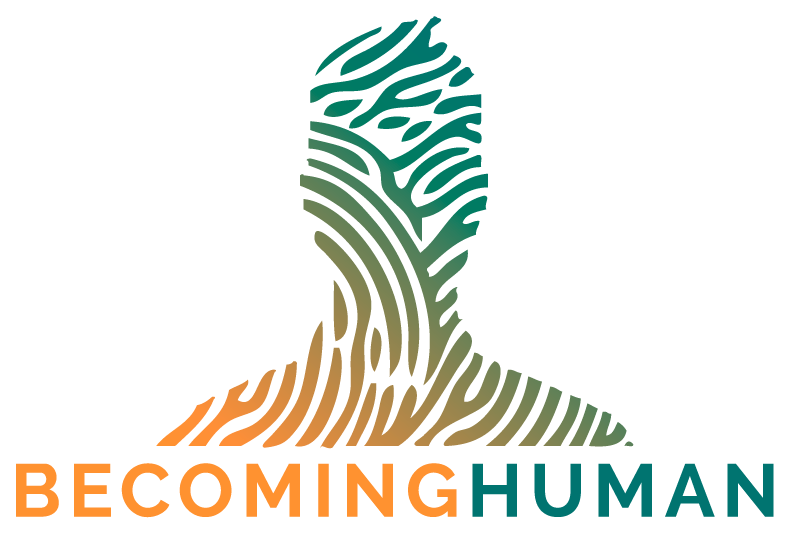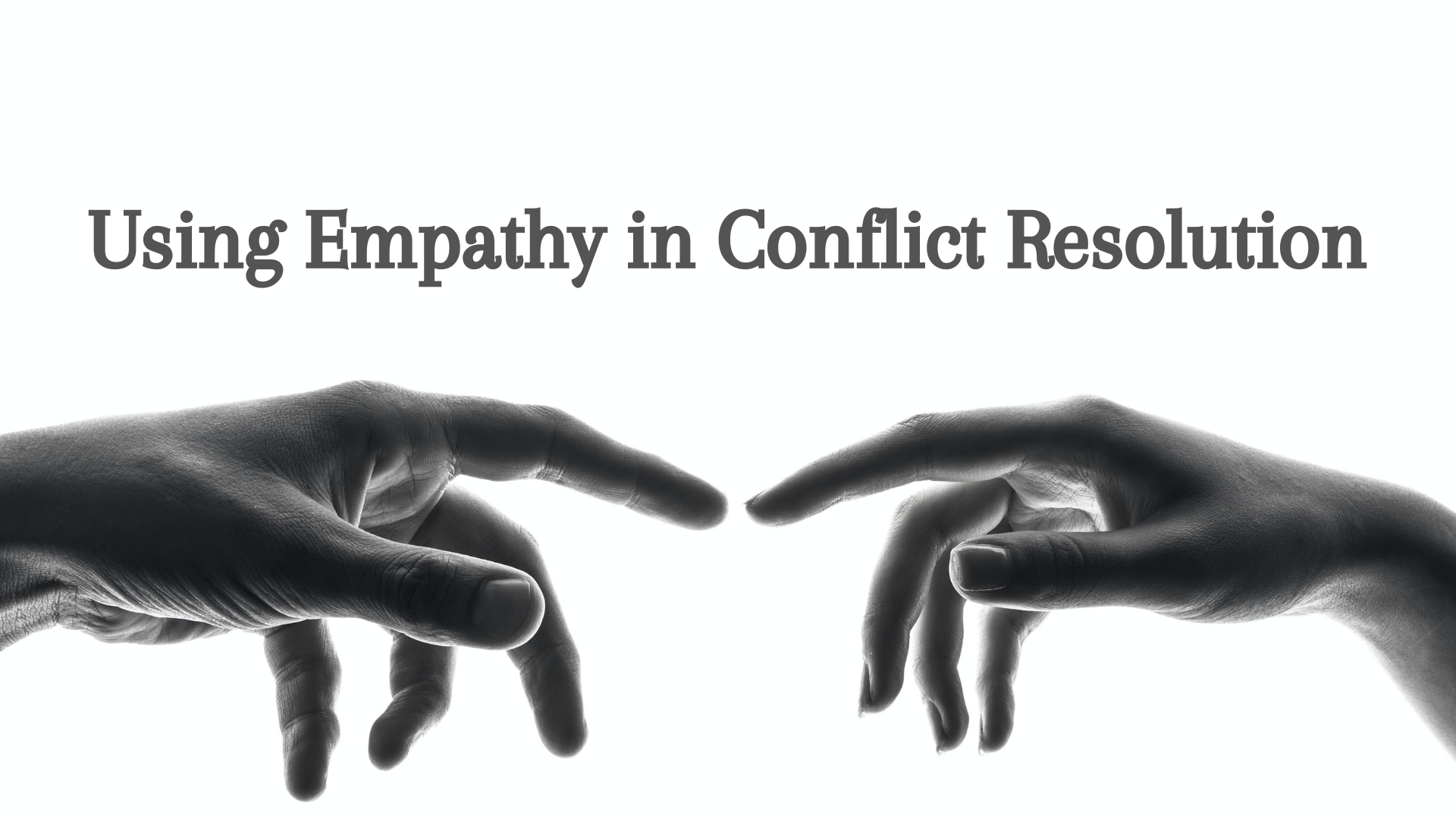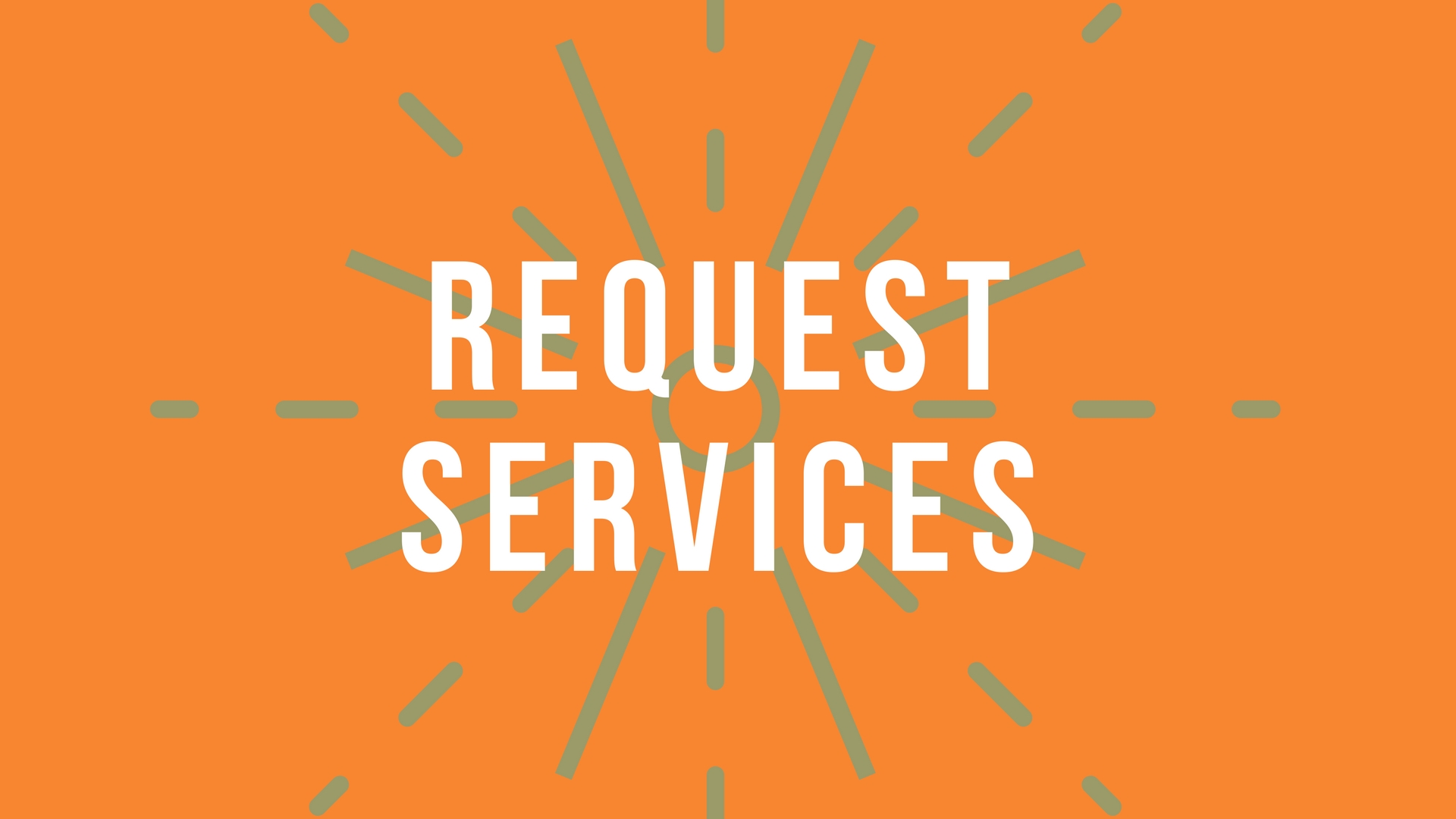Relational Attachment Patterns For Healthier Relations
/Part One — How Do You Relate to Others?
Attachment Theory is typically used in reference to romantic relationships and is often spoken of in reference to childhood development, but let’s briefly consider how you typically relate to other human beings, whether romantically or platonically or even the people you interact with in daily life. Which of these describes you best?
The first attachment pattern would be you if:
It is easy to get close to others.
You find yourself able to depend on others and you are okay with them depending on you.
You don’t tend to fear the other person abandoning you.
You are comfortable with intimacy, consistent proximity, & developing deep connections.
You are able to consistently use direct communication and do not shy away from authenticity or vulnerability.
A second attachment pattern would be:
You feel others aren’t as willing to get as close as you would like them to.
You worry that the other doesn’t love or have the commitment level you do.
You tend to get so close that it scares others away.
A third attachment pattern is:
You are uncomfortable with too much proximity, closeness, or connection.
You find it difficult to let your guard down and trust others completely.
You shy away from depending on others and feel skeptical if others seem to be depending on you too much.
You find that others want to be more vulnerable, transparent, or intimate than you are comfortable with.
Consider your various relationships — do any of these seem to reflect you?
Part Two — What is Attachment Theory?
John Bowlby, along with his students after him, created and developed a theory to explain how our internal working models for relating to others are constructed over time. From our initial experiences as infants and children to the manifestation of our nature alongside other human beings as adults, Attachment Theory explains the schema or model that forms the foundation of how we relate to one another, especially in intimate, close relationships.
The emphasis of Bowlby’s work and his student’s continuation was to show how our way of relating to others not only affected our current relationships, but was highly sculpted by our experience from our parents or our primary caretakers. This doesn’t imply that whatever you experienced as a child you will replicate, for it is possible to intentionally become the opposite of your experience, but just that your experience as a child drastically shapes your current pattern of relating to folks. Attachment Theory emerged in a psychological era that had a heightened awareness of childhood development.
One of the key motivations for this theory was to give a way to understand the seemingly archetypal patterns many human beings have; assuming that if we could understand our dominant type, we could improve our relationships and avoid the potential negative experiences that our type gravitates towards. Emotional awareness of our internal working systems could give us access to mitigating potential negative experiences. The point of Attachment Theory is not to uncover some undiscovered law that absolutely defines your intrinsic nature. The point is to reveal common patterns so that we might transcend them in a healthier way.
That being said, it is also a common understanding that no single person is defined by a single attachment pattern. We all vary from moment to moment and relationship to relationship and our type can evolve over time, but we do typically have a dominant archetypal pattern. I also left a pattern out — called Disorganized Attachment — which is a way of relating that is kind of all over the place, that acts unpredictably or erratic in moments of stress, and is of a person who never really developed a consistent way of being.
That leaves us, for the most part, with three types. Unfortunately, only a slim percentage can consistently define themselves as the first type — most of us are the second or the third. More disconcerting is that the two most dominant types happen to not only be the unhealthier ways of relating, but they also tend to be drawn to one another. Alain de Botton says it this way, “What makes things even more complicated and very combustible is that […these types…] are frequently drawn to forming couples (it’s part of their pathology) where their varied emotional quirks contribute to an especially fraught combination.”
So what are the types of attachment and what do they mean for your relationships?
Part Three — Secure, Anxious, & Avoidant
If you have been exposed to the academic study of psychology, you are probably familiar with these terms. However, to understand your life through these terms, beyond the academic descriptions, might enforce a whole new level of understanding.
The First Type is Secure Attachment
If the first set of questions resonated, your attachment is secure. Love and trust are easy for you and you can comfortably engage in deep connection while not being anxious about it. Secure Attachment is a very open, confident, yet assured presence.
For many interpreters of Attachment Theory, this pattern of relating is one to be pursued by all.
There is a profound ability to relate healthily to others and very little of the insecurity that defines the next two.
The Second Type is Anxious Attachment
This would be the second set of questions. You long for intimacy and are worried about being let down or experiencing what you perceive to be relational failure. You constantly feel as if you are more invested in a relationship than the other involved and there is a lingering fear that the person could vacate your life at any moment, which would hurt. While this pattern of relating is hyper-relational, longing for authentic, deep, and profound relationships, you grow wary that others don’t share your intentionality and you feel as if you push others away.
What becomes dangerous with this type is the potential to enact a crisis that can bring the very outcome you fear — there is a counter-productive aggression that can even reveal itself through anger when the relationship is not going as you desire.
The insecurity is that you need more connection, more assurance, and more reciprocity of what you are so willing to give. Lacking any of those things can cause you to lash out or destructively communicate which will only further your insecurity.
The Third Type is Avoidant Attachment
The person who worries and, therefore, puts up walls as a way to protect themselves from the dangers of letting people in is likely to resonate with the third set of questions. If you are a person who keeps a tight circle, seems distant, or is referred to with introverted language, then you might be an Avoidant. You fear the potential disaster of intimacy and so you withdraw.
As a result, you can be reassured that you will not be let down, that you will not be hurt, and that you never have to put yourself in a situation that could compromise your independence. Your insecurity is laced with a fear of potential suffering and you are willing to compromise potential good if it means avoiding the potential pain. This also means that you can initiate conflict as a way to keep people distant and scare others away.
Now, the theory is built upon connecting these types with what you experienced as a child. While that could be helpful, it is not essential to pursuing how to healthily interact with your type. However, it can be enlightening to piece together how certain experiences led up to how you relate to others in the present and how whatever lens you were handed is still highly active in your current life. As I am not an expert on this by any means and because discovering this is best done by certified professionals, I will only suggest pursuing the very accessible and very helpful literature and professionals that are widely available.
Also helpful would be to use various tests that can help reveal your potential type. No test is a magic absolute, so I would encourage you to take several. But having an informed method point out which type you most resemble would be helpful before moving forward.
The question is left, however — if we are Anxious or Avoidant, what do we do? Especially if we are one type in relationship with another.
Part Four — The Relational Fixins’
If you are an Avoidant Type — especially with an Anxious Type:
Recognize if you check out when an intense push towards transparency or intimacy occurs.
Notice if you get nervous when intimacy or proximity or closeness unfolds and notice if you attempt to sabotage its possibility.
Notice if you have a removal strategy in hyper-relational situations — this is not the same as being an introvert or having space. This is an attempt to avoid any closeness for fear of being let down.
Be honest about what you really want and give yourself permission to express that you are afraid of it. Doing so allows you and the other individual involved to see that the disconnect is not about a disdain for that individual, but is about an uncertainty and a worry about what could go wrong if you let them in. Communicating this directly can drastically improve the relational journey for both people.
Acknowledge that your present is different from your past — the other person is not the same as the person who may have previously hurt you and you are not the same as the person you were when you developed these tendencies. It will be easy for you to assume that you are bad. You are not bad. You may have scars and wounds, but they do not define you.
Especially if you are with an Anxious Type, contextualize when they get upset, concerned, or aggressive — an Anxious Type might not know how else to express their needs. They have an insecurity, a remainder of their infancy trapped in an adult body. While you may fear the closeness because it could lead to hurt, they fear being alone. Though they might not express it well or might not express it at all, this is very much what they may be trying to communicate. If you can approach them with goodwill despite your fears and be open to their needs with direct communication, you will both be better off.
If you are an Anxious Type — especially with an Avoidant Type:
Be assured that a situation is never as bad as it seems — just because they are quiet doesn’t mean they don’t love you and just because they are distant doesn’t imply they are being cruel. Always have an awareness that just because others don’t engage relationally like you do (or like you would prefer for them to) doesn’t mean something is wrong…it just means that you are different.
Recognize your anger and consider what you really need to express — what is the real insecurity? What is the real problem? What do you actually want? What do you actually need? Directly communicating might be laced with fear, but it is the only way to achieve your end goal: Proximity, connection, and love. Aggression may seem safe, but it will be counter-productive.
Ask others what they want — because your assumption is often that they, naturally, want the same connection you do and should, therefore, express it the same way. But is there another way they would prefer to manifest their endearment? Is the very thing you assume as a negative actually a positive for them? Be okay with differing paths to the same goal.














![Three Reasons We're Lonely - [And Three Responses For Being Less So]](https://images.squarespace-cdn.com/content/v1/5963d280893fc02db1b9a659/1651234022075-7WEKZ2LGDVCR7IM74KE2/Loneliness+3+update+%283%29.png)





























